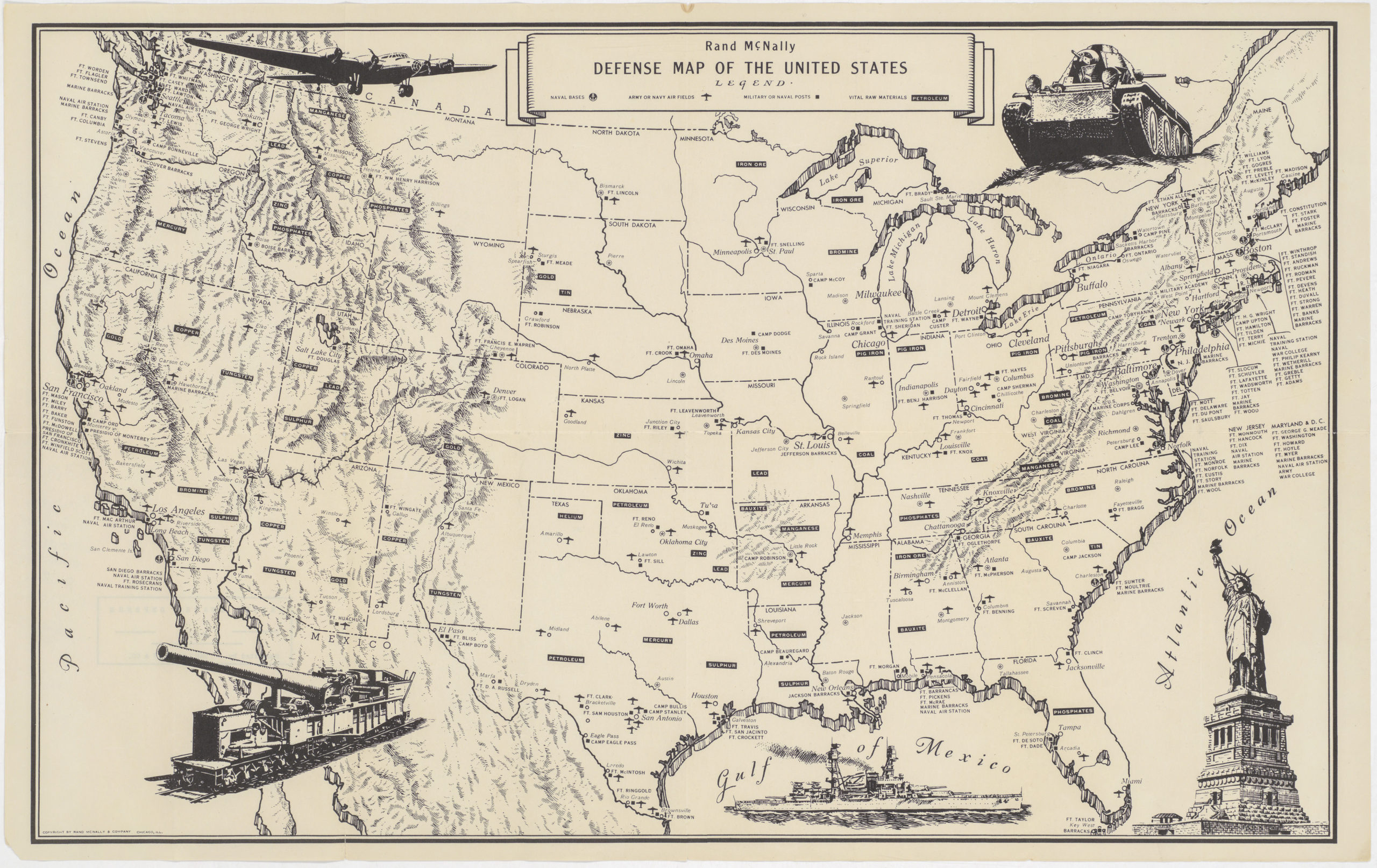Connecting people and industries in the Rust Belt: a 1914 folding railroad map of Ohio.
Railroad Map of Ohio. Published By The State. 1914.
Out of stock
Description
This is an official 1914 railroad map of Ohio, in excellent condition on quality paper, still bound in its original covers with lovely marbled interiors. The map was published by the State of Ohio, prepared by the state’s Commissioners of Public printing, and lithographed by the Columbus Lithograph Co.
The fantastic vignette beneath the title is more than just decorative: it is a neat presentation of the transportation history of Ohio and an expression of the optimism and spirit of progress inherent in early 20th century Rust Belt industrialization. At center, a majestic coal-powered locomotive powers into view. The Age of the Railroad, which perhaps more than any other single factor helped unite huge swathes of the expanding nation in the 19th century, clearly still holds sway over the imagination.
Flanking the locomotive along its right side is a canal with a boat, harkening back to the Age of the Canal that came before trains. Crossing on a steel-supported bridge above is an electric-power interurban rail car, the likes of which largely replaced steam and coal trains for local city-to-city travel in the early 20th century. And finally, a couple idles along in a simple automobile, a humble depiction for a machine that would eventually upend the entire known transportation system.
The first railroad line in Ohio was the Erie and Kalamazoo Railroad, completed in 1836. Ohio, of course, occupies an especially strategic location in the nation’s transportation network, both as a connecting region between the massive hub of Chicago and the eastern cities, as well as a north-south corridor with important Lake Erie ports. As such, the state hosts a large number of important cities, including Cleveland, Cincinnati, Columbus, and more. The map shows how the cities acted as nodes for the considerable number of steam railroads and electric railways connecting the state, both within and beyond.
The map was furnished with the most up-to-date information possible by use of over-printing, which added telegraph companies, express companies, state hospitals, universities, penitentiaries, and more.
Overall, this is a clear and well-designed map that speaks to a certain vibrance in early 20th century Ohio.
Cartographer(s):
Condition Description
Excellent; original covers with marbled interior.
References








